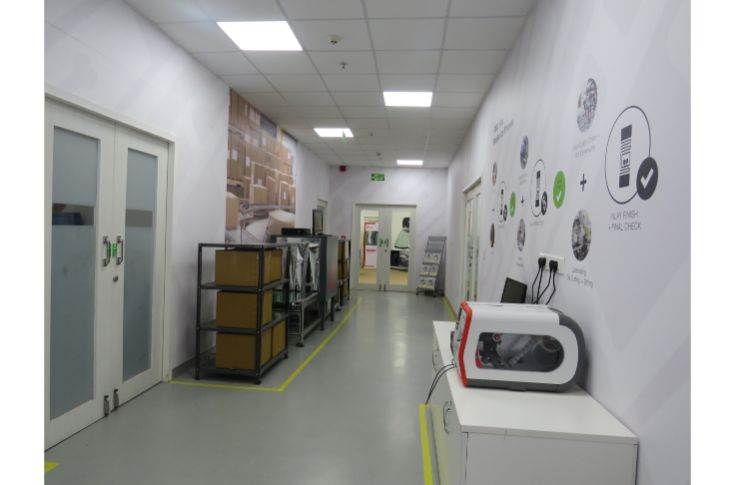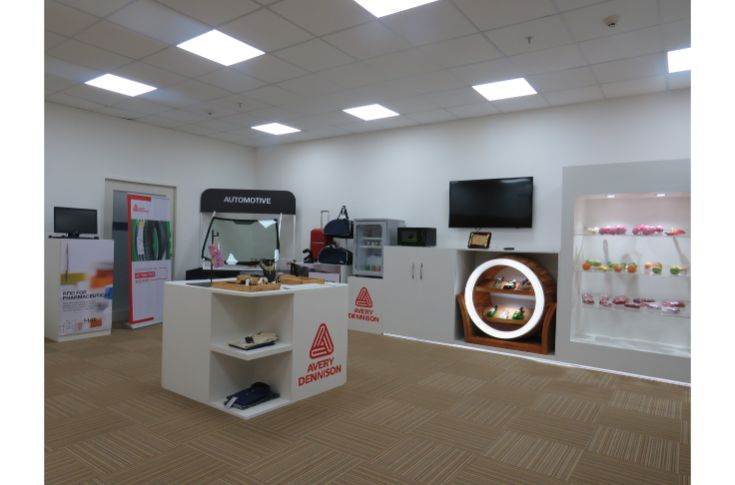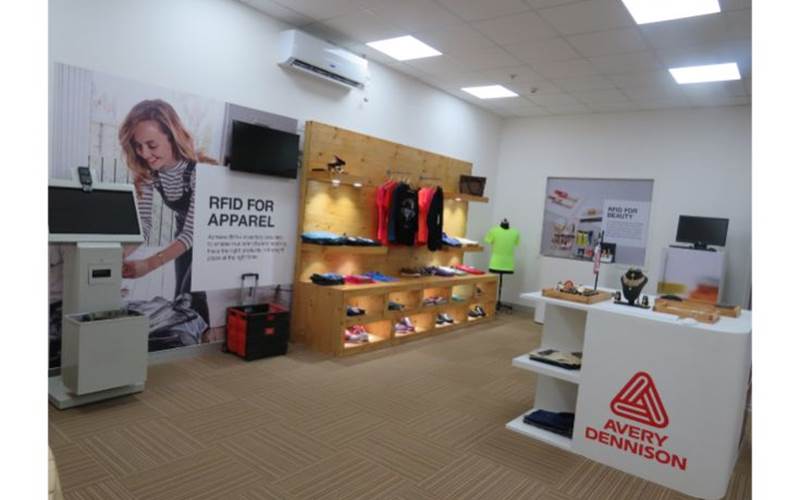Making labels more intelligent and accurate
Avery Dennison has introduced a range of intelligent RFID labels that will provide speed, efficiency and accuracy in a variety of applications for retail stores, airports, and transport systems.
Today, on the World Label Day, Avery Dennison shared how its innovation in label material is taking on some of the industry’s biggest challenges
13 Jan 2020 | By PrintWeek Team
Q: Who manufactures RFID labels?
A: Avery Dennison intelligent labels division manufactures RFID inlays for the global market. We are the largest suppliers of Ultra High Frequency (Uhf) RFID inlays in the world with production facilities in China, Mexico and Romania. RFID inlays are slowly replacing barcodes in a variety of applications.
Q: When was RFID labels launched?
A: Avery Dennison started manufacturing RFID inlays in 2005 (Miamisburg, Ohio).
Q: What are the different components of the RFID label?
A: The RFID label consists of chip, antenna and base material which can be either PET or paper-based
Q: How does the system work – the role of different components?
A: The RFID system consists of three major components – the RFID tags, RFID readers/Scanners and RFID software. The RFID readers scan the RFID tags and give the unique number in the tag to the software for data mining and converting into meaningful information.

Q: Can it be implemented as a standalone?
A: RFID system can function only when all the three components are present (RFID tags, RFID readers and RFID software)
Q: Compatibility with other equipment?
A: UHF RFID tags are compatible and can work seamlessly with almost any UHF reader/scanner available in the market
Q: What are the benefits?
A: Unlike barcode solutions, RFID does not require line of sight hence it has a faster detection rate and is widely used to save time and labour in supply chain and warehouse management. In a few seconds, this technology can help scan multiple tags.
Q: What are the target markets for the system?
A: The major target market for this technology is supply chain management and warehouse management
Q: What are the key features of the system?
A: No line of sight needed; many tags can be read in seconds; memory in the RFID chip can be used to store data unlike barcodes; and RFID labels can be read from great distances compared to the barcode
Q: How fast is the system?
A: Let’s say, an RFID system can read up to 20X faster than barcodes in case of in-store inventory.
Q: How easy is it to use?
A: It requires basic training which is provided by the system integrators who deploy the entire system for their end client.
Q: What training and support is on offer from Avery Dennison end?
A: Most of the training support is extended by the system integrators to the end client. However, Avery Dennison also conducts training from time to time to educate the industry and offer guidance. We have also set up an iLab at our knowledge centre in Pune, India which helps in training our audience by showcasing RFID functioning in a live scenario.

Q: How much will the cost?
A: The costing of the system depends on many factors like number of RFID tags/readers required and the complex nature of the software deployed. The price of RFID labels depends on the application and can range from a few cents to dollars.














 See All
See All